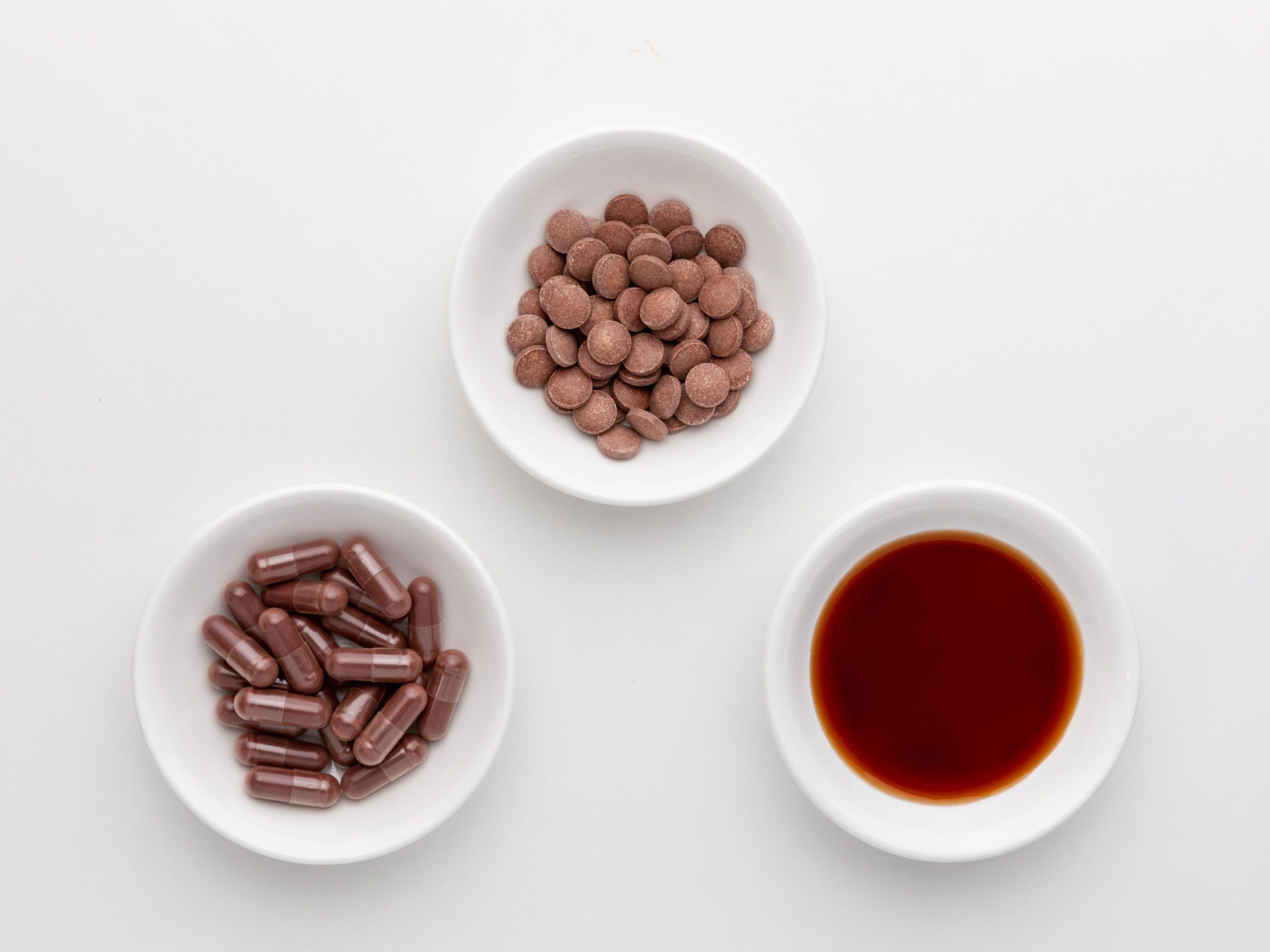Source
Department of Internal Medicine, Bucheon St. Mary’s Hospital, Korea.
Abstract
Osteoarthritis (OA) is an age-related joint disease that is characterized by degeneration of articular cartilage and chronic pain. Oxidative stress is considered one of the pathophysiological factors in the progression of OA. We investigated the effects of grape seed proanthocyanidin extract (GSPE), which is an antioxidant, on monosodium iodoacetate (MIA)-induced arthritis of the knee joint of rat, which is an animal model of human OA. GSPE (100 mg/kg or 300 mg/kg) or saline was given orally three times per week for 4 weeks after the MIA injection. Pain was measured using the paw withdrawal latency (PWL), the paw withdrawal threshold (PWT) and the hind limb weight bearing ability. Joint damage was assessed using histological and microscopic analysis and microcomputerized tomography. Matrix metalloproteinase-13 (MMP13) and nitrotyrosine were detected using immunohistochemistry. Administration of GSPE to the MIA-treated rats significantly increased the PWL and PWT and this resulted in recovery of hind paw weight distribution (P < 0.05). GSPE reduced the loss of chondrocytes and proteoglycan, the production of MMP13, nitrotyrosine and IL-1β and the formation of osteophytes, and it reduced the number of subchondral bone fractures in the MIA-treated rats. These results indicate that GSPE is antinociceptive and it is protective against joint damage in the MIA-treated rat model of OA. GSPE could open up novel avenues for the treatment of OA.






